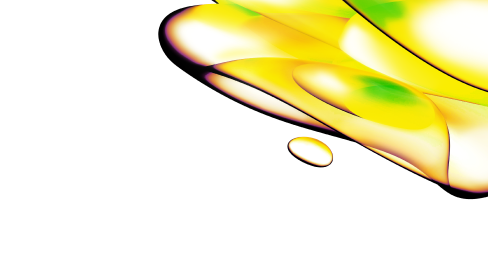Resource Center
Explore Resource Types
We have housed the technical documents (SDS, COAs, Manuals and more) in a dedicated section.
Explore all All Resources
Filters
Select resource types
Select products & services (2)
Select solutions
Active Filters (2)
Clear All
1 - 12 of 85 Results
Sort by:
Best Match
Busting high-content imaging myths
High-content imaging has become a cornerstone of life science research, providing valuable insights into cellular function and drug responses. However, as with any advanced technology, misconceptions and myths can emerge. In this article, we’ll debunk some of the most common myths surrounding high-content imaging, shedding light on its true strengths and limitations.
Phenotype discrimination using the PhenoVue cell painting and multi-organelle staining kits
In this study, we analyzed the phenotypes induced by a set of 15 reference compounds using both the PhenoVue cell painting kit and the PhenoVue multi-organelle staining kit to compare phenotypic discrimination results of the two assays.
Cell line development solutions flyer
Optimize your biotherapeutic development with our CHOSOURCE™ platform for cell line development workflows
Deconstructing and leveraging 3D structures of RNAs for novel therapeutics
A research team has engineered degradation-resistant mRNAs which could hold promise for treating various neurodegenerative disorders.
Addressing the challenges of bispecific antibody characterization with high-throughput platforms
With the complexities of bispecific antibody development and characterization explore the binding assays and technology through real-world examples
Murine NASH model could provide insights into NASH development and progression
Researchers explore a multidisciplinary approach to addressing current NAFLD and NASH challenges.
Expanding imaging multiplexing capabilities with PhenoVue Fluor 400LS - Phalloidin
This technical note offers tips and best practices relating to fluorescent signal quality using PhenoVue Fluor 400LS Phalloidin stain.
AlphaLISA Acetyl‑Histone H3 lysine 9 (H3K9ac) cellular assay
This technical note provides information on how the AlphaLISA immunodetection assay detects variations in acetylated histone H3 lysine 9 (H3K9ac) levels within cellular extracts
Assessing AST released in a cell culture model of liver toxicity using AlphaLISA
In this technical note, we showcase the utility and advantages of using AlphaLISA assays to identify and quantify AST protein levels in cellular lysate and supernatant from a human hepatoma cell line
AlphaLISA for biomarkers in urine: Measuring the renal tubular injury indicator, β2-microglobulin
In this study, AlphaLISA™ technology is demonstrated for the first time in the complex matrix of urine, and is shown to detect the renal tubular injury marker Beta2-microglobulin (β2-microglobulin), in urine at a sensitivity
Evaluating HTRF and AlphaLISA SureFire Ultra detection methods in GrowDex-supported 3D MCF7 cell cultures
Application note describing the evaluation of HTRF and AlphaLISA SureFire Ultra detection methods in GrowDex-supported 3D MCF7 cell cultures.
Designing your own AlphaLISA assay: Selecting toolbox bead pairs to avoid potential bead-bead interactions
This technical note provides recommendations on bead pairings, highlighting host species of antibodies on each toolbox bead, along with data generated in the absence of analyte and other assay components.


Looking for technical documents?
Find the technical documents you need, ASAP, in our easy-to-search library.




























